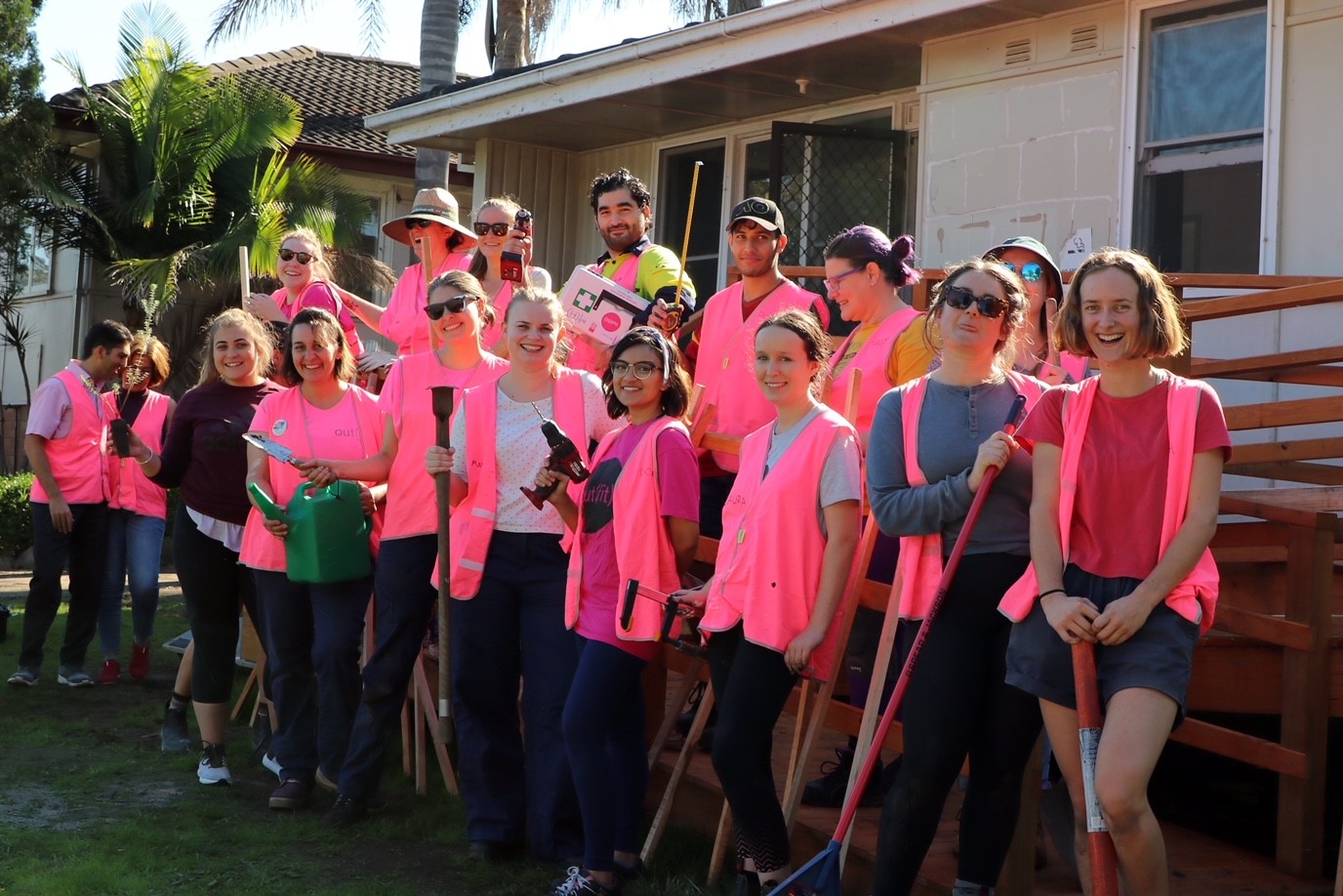As part of a structural change program which took place throughout 2021, the University of Newcastle launched an institution-wide recruitment drive. In alignment with the University’s commitment to gender equity, diversity and inclusion, it took the opportunity to redress the underrepresentation of women and Indigenous staff in key areas through targeted employment strategies.
Drawing on data supporting the University’s Athena Swan Bronze Award, 25 positions were identified as: ‘Indigenous Targeted’, ‘Female Targeted’, Female ‘Encouraged to Apply’, ‘Indigenous and/or Female Targeted’, and ‘Female only’. Formal targeted recruitment of female applicants was possible due to the University’s exemption from the Anti-Discrimination Board of New South Wales, which had only been used once before to fill a Women-in-STEM chair.
Building on success
In 2015, the University appointed a female Head of School of Architecture and Built Environment, Professor Sue Anne Ware, who was determined to improve the representation of women in what had been historically male-dominated disciplines, inclusive of architecture, construction and disaster management.
Thanks to a suite of recruitment principles that included crafting gender-inclusive position descriptions and advertisements for roles, scrupulous construction of gender-balanced panels, and the deliberate development of ‘safe’ interview experiences, female representation in the School has increased from 24% to 43%.
Aware of the success of this approach to recruitment that was determined to ‘move the dial’ for women, the University developed a formalised targeted recruitment strategy as part of its Enabling Change program. It was hoped that the same approach would achieve similar positive results for the School of Engineering and the School of Information and Physical Sciences and lift the overall representation of women in STEM.

The change initiative
The formal targeting approach was discussed by University leadership to gain the highest level of support in promoting and rolling out this initiative. Key to gaining support was allaying concerns that targeting would diminish ‘merit’ as the primary principle of recruitment and to assure that the initiative would not be seen as tokenistic.
As part of rolling out the strategy, Pro Vice-Chancellors and Heads of Schools identified which roles were the most appropriate to target and were supported in communicating the rationale to colleagues. Once roles were identified, a group of female academics reviewed the advertisements and position descriptions to ensure they were suitable to attract female candidates through tailored language and information. In total, there were 25 identified roles.
As the University’s exemption from the Anti-Discrimination Board did not cover non-STEM fields, a ‘females are encouraged to apply’ approach was taken in place of formal targeting for five roles. Of those 25 roles, 16 were targeted to recruit female academics in the School of Engineering, the School of Environmental and Life Sciences, and the School of Information and Physical Sciences. In the School of Architecture and Built Environment, four out of seven roles were targeted at Indigenous academics to build upon the success previously achieved in improving the female representation by adopting an intersectional approach.
Of the 16 targeted roles in STEM disciplines, 11 roles were filled: 45% (five roles) filled by women and 55% (six roles) filled by men. In addition to the successful appointment of women into these roles, there remains an opportunity with positions that were not filled but have been held to try again. From the five Indigenous targeted roles in the School of Architecture and Built Environment, three Indigenous women and two Indigenous men were appointed.

Learnings and insights from early evaluation of impact
Due in part to the large volume of recruitment taking place as part of the change program, there were some implementation challenges that potentially impacted further success in the School of Engineering and the School of Information and Physical Sciences. These challenges included:
- insufficient female representation (often lone voice) on recruitment panels—not only as a result of low numbers in a discipline/school, but also failing to reach out beyond the immediate area to assist with panel membership;
- insufficient support from or absence of Human Resource representatives at the critical time of deliberations (recruitment was outsourced to an external company); and
- lack of understanding of the targeting process by panel members beyond advertising, such as considering female candidates first, prior to reviewing any applications from men.
When comparing the results from the School of Architecture and Built Environment’s previous female targeting approach and more recent Indigenous targeting approach, an interesting observation from the data analysis emerged—namely, the fact that female representation on those panels were 50% or higher.
In contrast, for the School of Engineering and School of Information and Physical Sciences roles, female representation on recruitment panels was only 25% for six roles, and 33% for three roles. These nine roles represented half of the female-targeted roles.
Reflecting on the only moderate success rate of women appointed to the School of Engineering and School of Information and Physical Sciences, it does suggest that where female leadership (such as a female Head of School) and a greater number of female panellists exist, there is a stronger likelihood that women or other underrepresented groups (e.g. Indigenous people) will be appointed for targeted recruited roles.
Stronger representation on panels provides lived experience and agency to ensure critical considerations such as non-linear career paths, part-time status, relative-to-opportunity and more are adequately assessed. It also ensures that no female panellist is a lone voice in advocating.
The University will be making recommendations that any future female targeted roles have a minimum of 50% female panel representation going forward. If this cannot be achieved at the School or College level, key female representatives from other Colleges or Divisions will be available to take part in the panel.
In addition to the implementation challenges mentioned above, it must be noted that some of the positions were in areas that remain the hardest to fill. Sector-wide competition for women in STEM meant that universities were often competing for the same (and often limited) pool of potential applicants, especially for more senior roles.
Compounding that fact was the timing of going to market during COVID-19 lockdowns and border closures, with feedback that many female academics were less likely to consider new roles and relocation. The international market also remained challenging as travel and visa application processes were significantly impacted during the recruitment drive, deterring many potential applicants.



